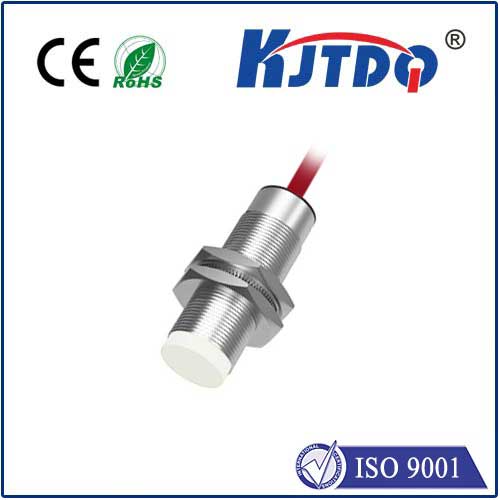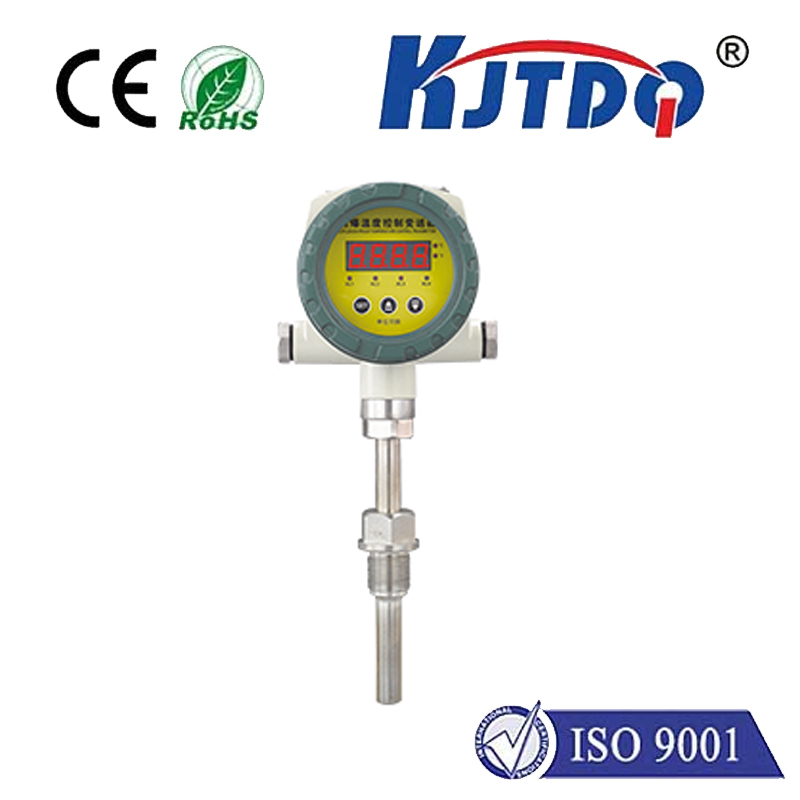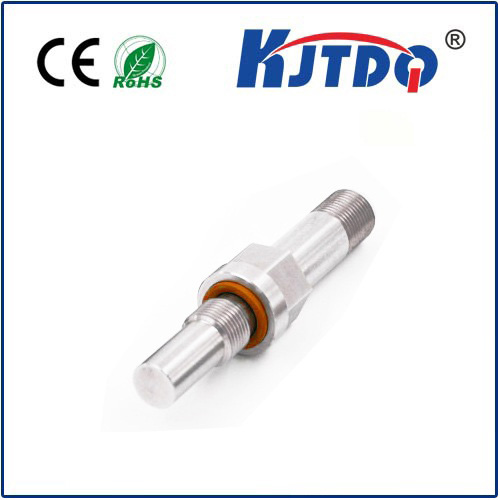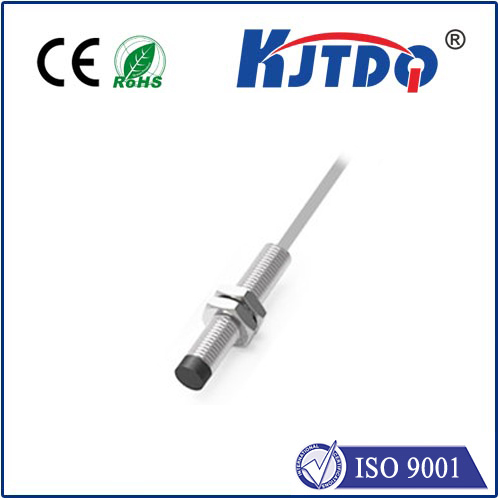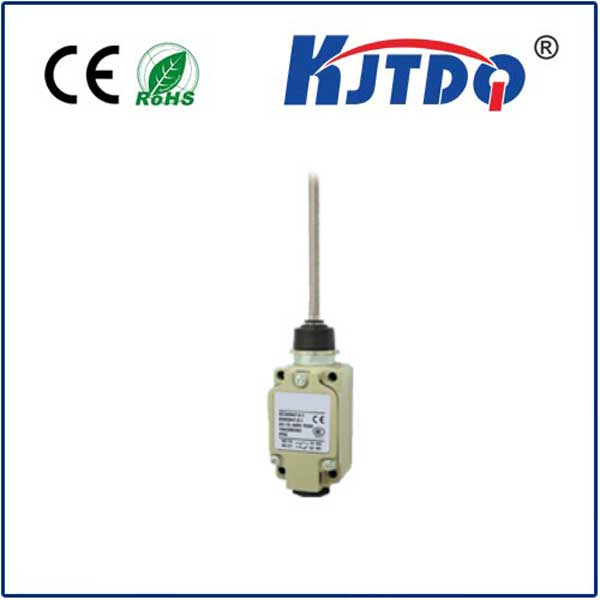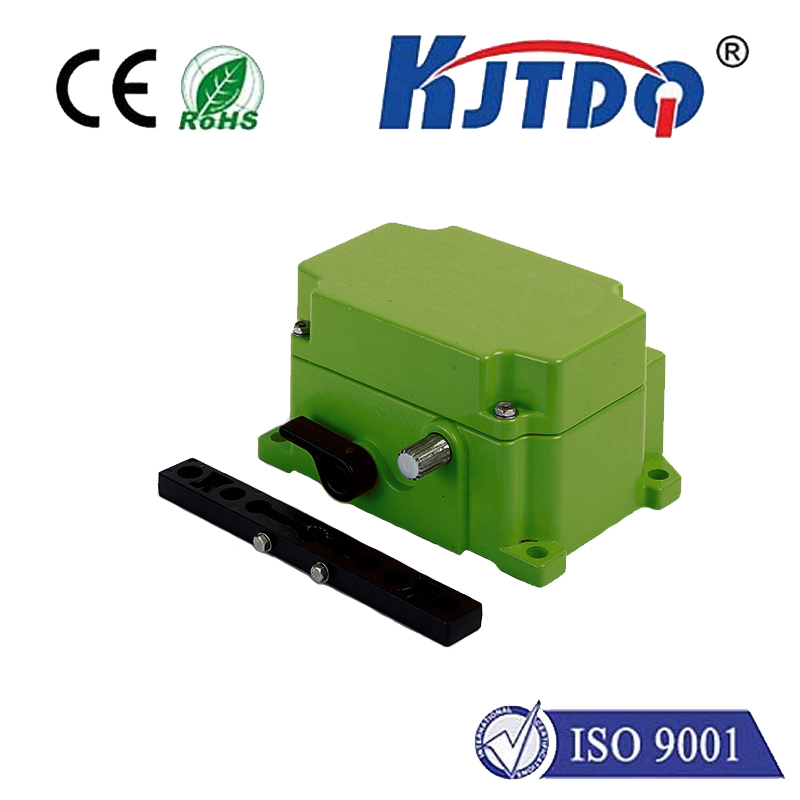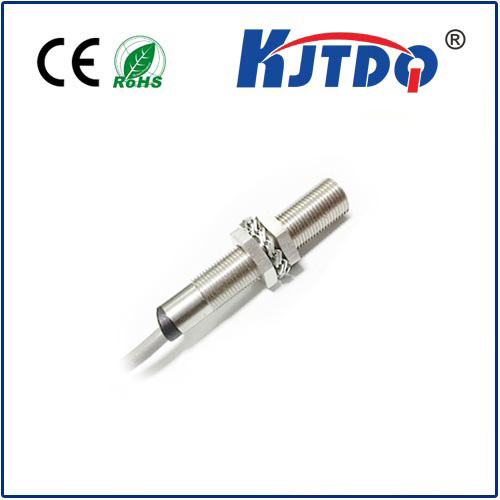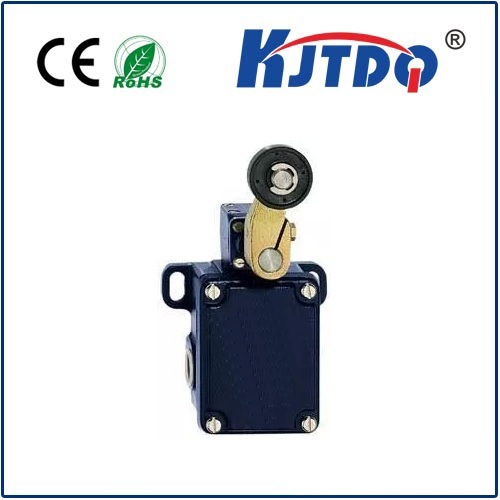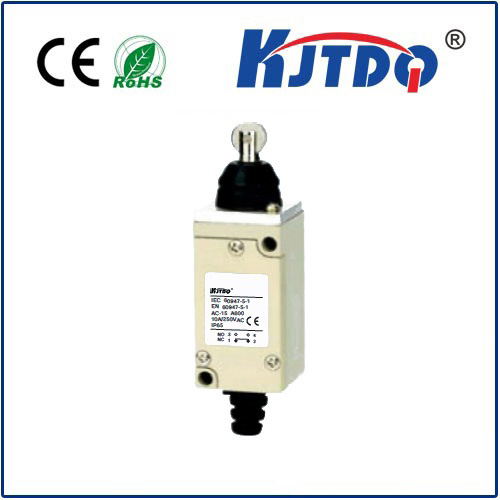

check

check

check

check

check

check

check

check

check

check
Laser Motion Sensor: The Revolutionary Technology in Motion Detection
The world of technology is constantly advancing, and the introduction of laser motion sensors has taken motion detection to a whole new level. This revolutionary technology has made it possible to detect even the slightest movements with remarkable accuracy and speed. In this article, we will discuss how laser motion sensors work, their applications, and why they are becoming increasingly popular in various industries.
What is a Laser Motion Sensor?
A laser motion sensor is an advanced device that uses laser light to detect movement in a specified area. It works by projecting a beam of light onto an object or surface, which then reflects back to the sensor. When there is movement within the range of the sensor, it disrupts the reflected light, causing a change in the signal received by the sensor. This change is then processed by the sensor, which determines whether there is motion in the area being monitored.

Applications of Laser Motion Sensors
Laser motion sensors have numerous applications across various industries. They are commonly used in security systems to detect unauthorized entry into a facility or property. In addition, they can be used in industrial settings to monitor machinery and equipment for any unusual movements that could indicate potential problems. Laser motion sensors are also widely used in research facilities, where they help scientists study the behavior of animals and other living organisms without disturbing them.
Advantages of Laser Motion Sensors
One of the main advantages of laser motion sensors is their high accuracy and sensitivity. They can detect even the slightest movements, making them ideal for use in situations where precise monitoring is required. Additionally, laser motion sensors are immune to environmental factors such as dust, smoke, and fog, which can interfere with other types of motion detection technologies. This makes them ideal for use in harsh environments or outdoor applications.
Another advantage of laser motion sensors is their ability to operate over long distances. Unlike traditional motion sensors that rely on infrared technology, laser motion sensors can detect movement up to several hundred meters away. This makes them particularly useful in large open areas such as parking lots, warehouses, and stadiums.
Conclusion
In conclusion, laser motion sensors represent a significant advancement in motion detection technology. Their high accuracy, sensitivity, and ability to operate over long distances make them ideal for use in various industries and applications. As technology continues to evolve, we can expect even more innovative uses for laser motion sensors in the future.
